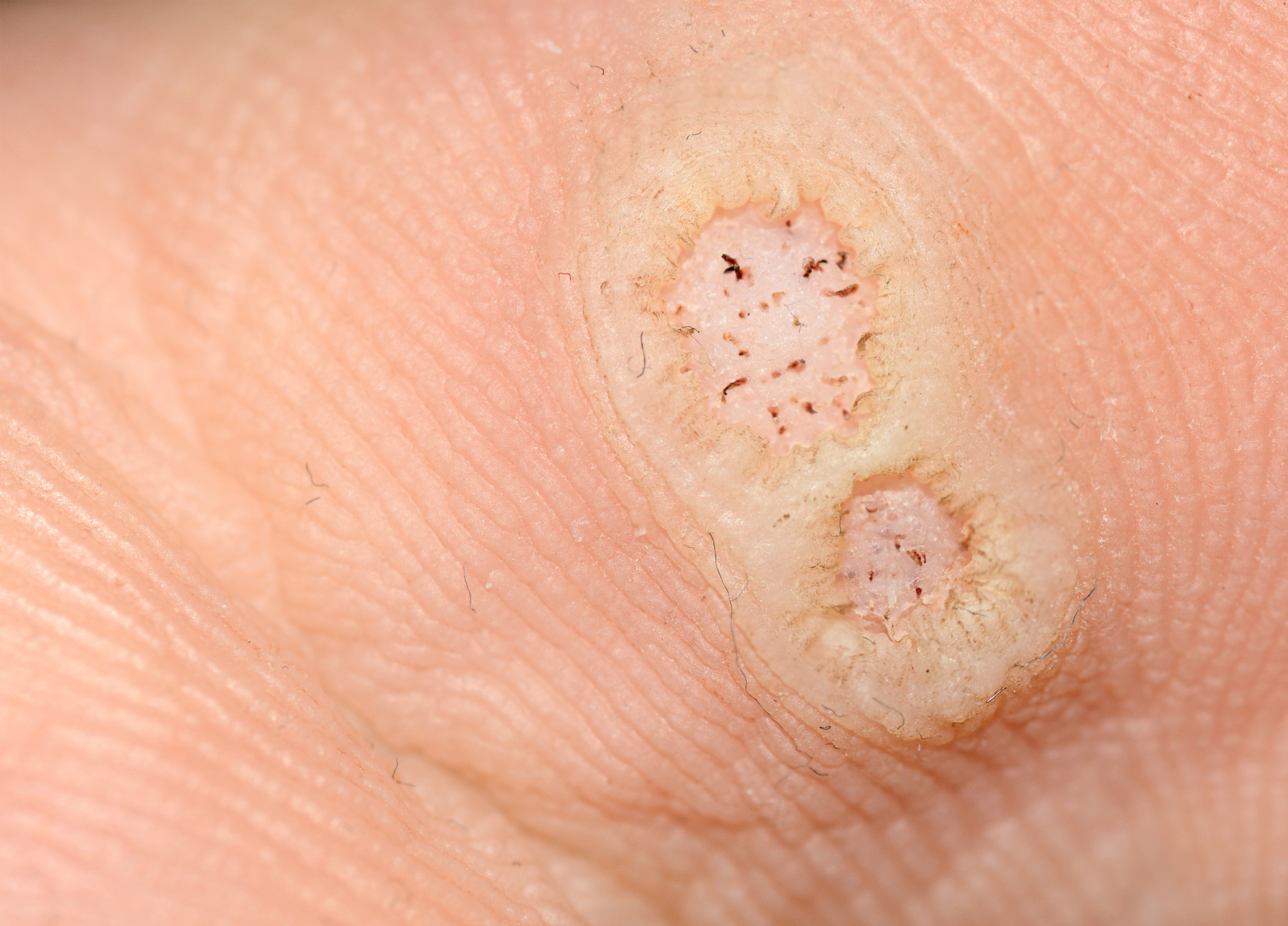Category
Warts are common skin growths caused by the human papillomavirus (HPV). While generally harmless, warts can be unsightly and, in some cases, cause discomfort.

Have any questions?
If you have any questions, feel free to contact us at [email protected]. A member of our support team will help you shortly.
Share this blog
Fatigue
Energy
Stress
Sleep
Warts are common skin growths caused by the human papillomavirus (HPV). While generally harmless, warts can be unsightly and, in some cases, cause discomfort. Understanding the types of warts, recognizing their symptoms, and exploring effective removal strategies are essential for managing these skin lesions. This article will delve into Warts 101, covering types, symptoms, and various removal options.
Appearance: Common warts are firm, raised growths with a rough
surface. They often have a rounded top and may have black dots,
which are small, clotted blood vessels.
Location: Common warts typically appear on the hands, fingers, and
around the nails.
Appearance: Plantar warts are hard, flat growths with a rough
surface and well-defined boundaries. They may have tiny black dots
and a callus often forms over the wart.
Location: Plantar warts develop on the soles of the feet, often in
areas subjected to pressure or friction.
Appearance: Flat warts are small, smooth, flat-topped growths with
a flesh-coloured or slightly darker hue.
Location: Flat warts can occur in clusters, primarily on the face,
neck, hands, or legs.
Appearance: Filiform warts have a thread-like or finger-like
projection, giving them a distinctive appearance. They are usually
flesh-coloured.
Location: These warts often appear around the mouth, eyes, or
neck.
Appearance: Genital warts can vary in size and appearance,
appearing as small, flesh-coloured, or pink growths. They may be
flat or raised.
Location: Genital warts occur on or around the genital and anal
areas.
The symptoms of warts can vary depending on the type and location, but common signs include:
Liquid Nitrogen: A healthcare professional applies liquid nitrogen to freeze and remove the wart. The frozen tissue eventually falls off.
Electrosurgical Excision Procedure (LEEP): Using an electrical current to cut or burn off the wart. It's often used for genital warts.
Carbon Dioxide (CO2) Laser: Laser therapy uses a concentrated beam of light to vaporize the wart tissue, removing it layer by layer.
Injection of Antigens: This involves injecting antigens directly into the wart to stimulate the immune system and prompt the body to fight the viral infection.
Surgical Excision: In cases where other methods are ineffective, a dermatologist may opt for surgical excision to cut out the wart.
Avoiding Direct Contact: Since warts are contagious, avoiding
direct contact with warts on oneself or others can help prevent
their spread.
Good Hand Hygiene: Regular hand washing can reduce the risk of
spreading warts from one part of the body to another.
Warts are a common skin condition caused by various strains of the human papillomavirus. While they are generally benign, the appearance of warts can be bothersome, and certain types, such as genital warts, may require special attention. Understanding the different types, recognizing symptoms, and exploring effective removal strategies can help individuals manage and address warts appropriately. Consulting with a healthcare professional or dermatologist is crucial for accurate diagnosis and guidance on the most suitable removal method based on the type and location of the warts.